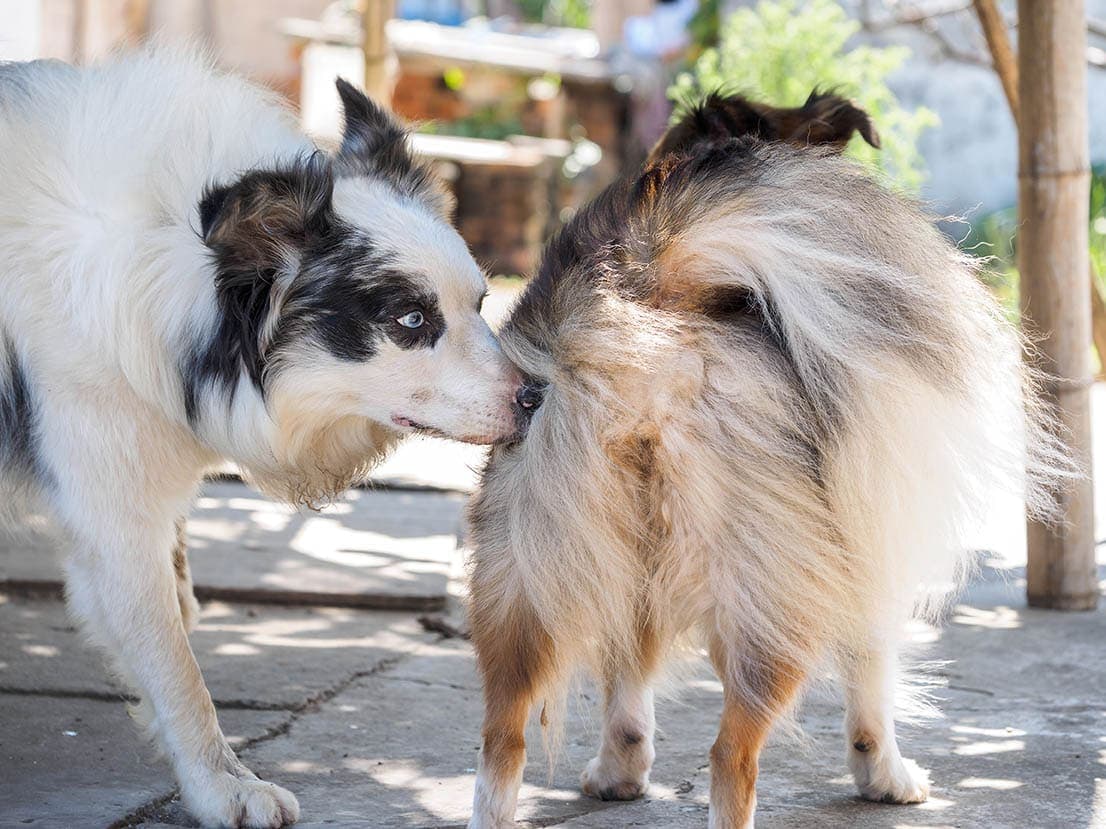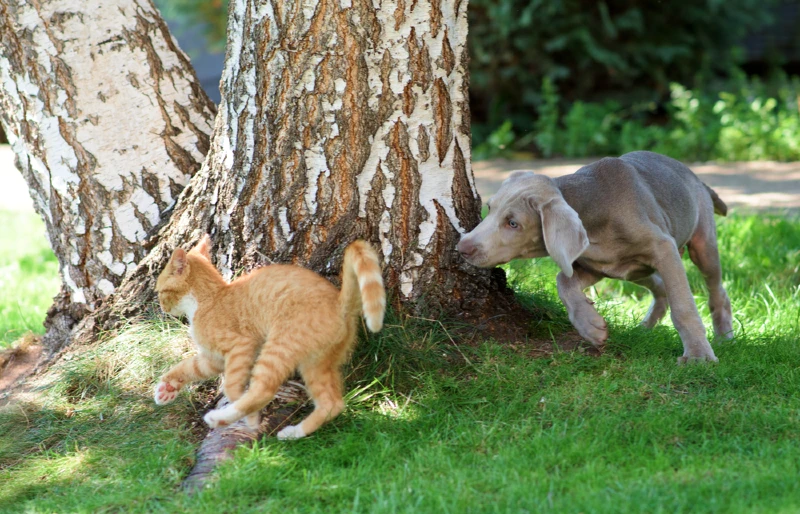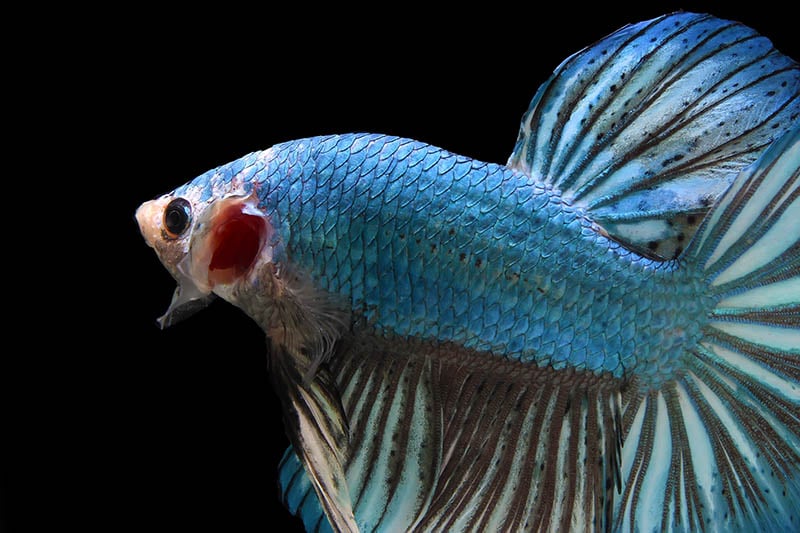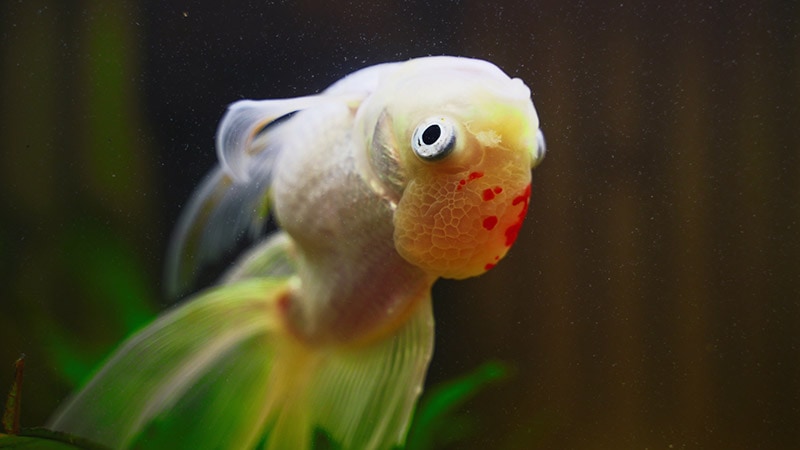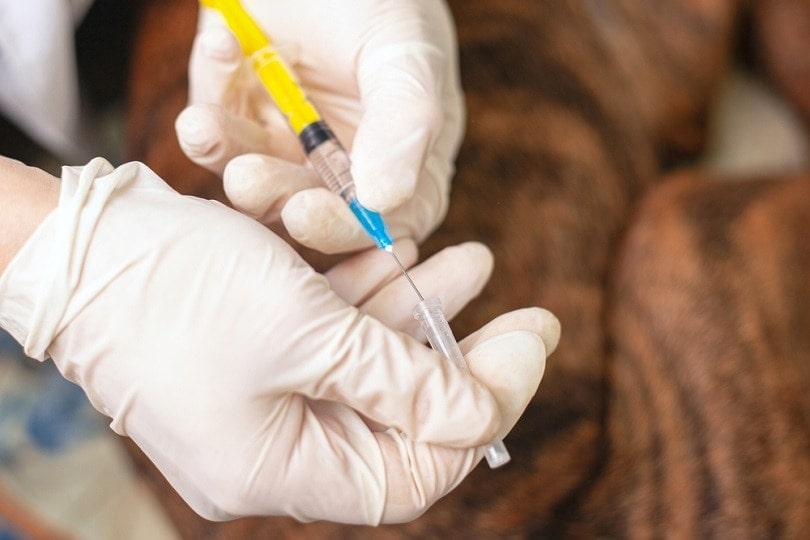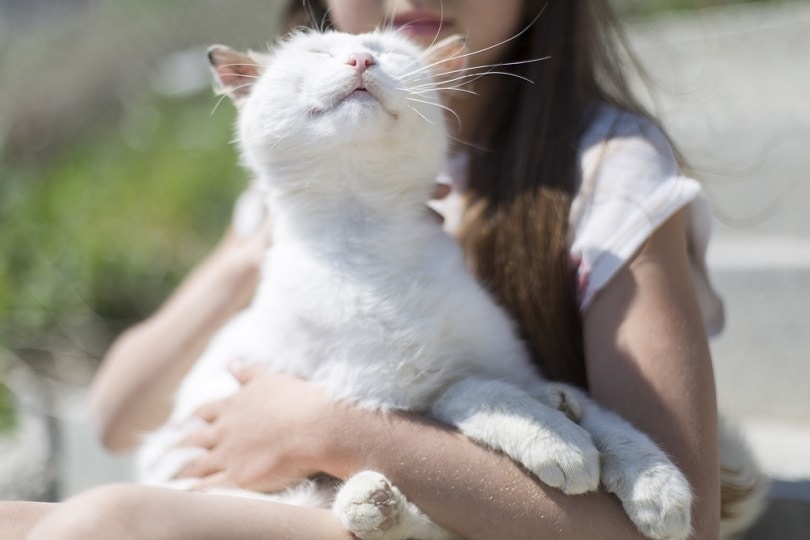How Long Do Neapolitan Mastiffs Live? Average Lifespan, Data & Care

Updated on
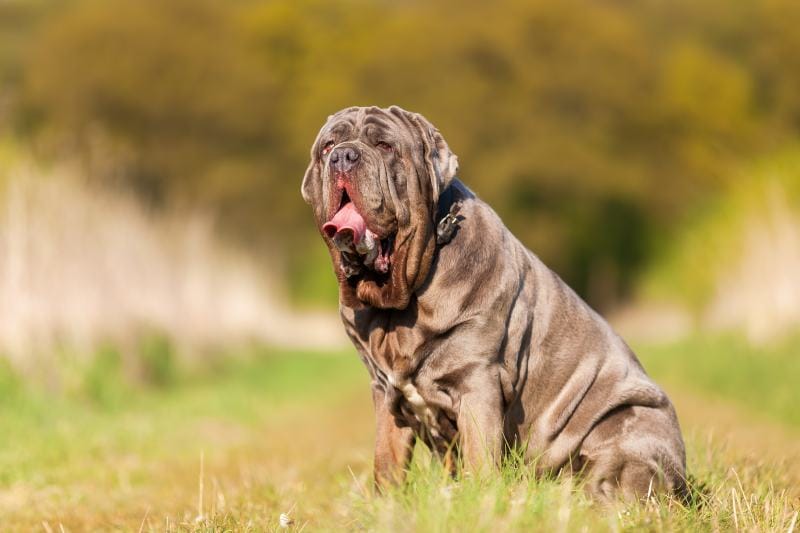
Click to Skip Ahead
The Neapolitan Mastiff is a majestic beast bred in Italy to serve as guard dogs with their immense size and imposing strength. But like any other breed, everything from the environment to diet can affect the lifespan of these powerful creatures. The average lifespan of a Neapolitan Mastiff is usually between 8 to 10 years.
Today, we’re going to look at the Neapolitan Mastiff life span and answer a few questions about how long they can live. Let’s get started!
What’s the Average Lifespan of a Neapolitan Mastiff?
On average, Neapolitan Mastiffs live between 8 and 10 years. However, some may live longer or shorter depending on a variety of factors.
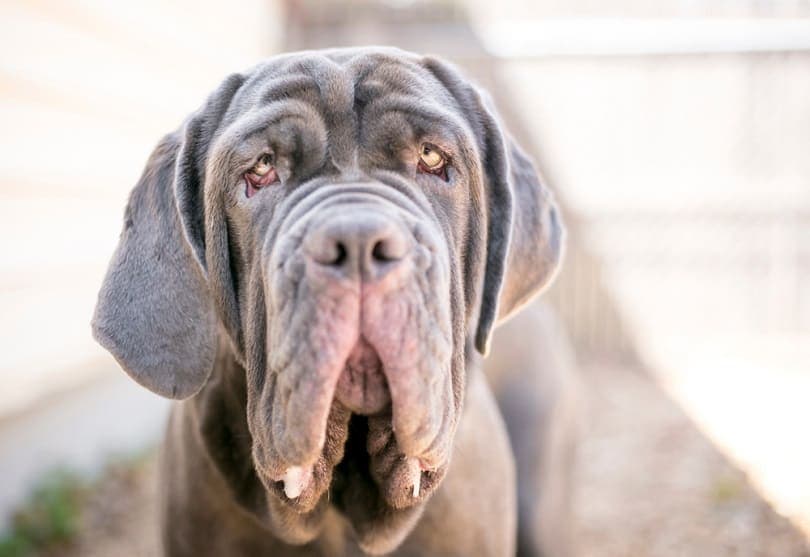
Why Do Some Neapolitan Mastiffs Live Longer Than Others?
There are many factors that can impact the lifespan of a Neapolitan Mastiff. These factors include nutrition, environment and living conditions, size, sex, genes, breeding history, and healthcare.
1. Nutrition
The kind and amount of food a Neapolitan Mastiff eats can hugely influence how long they live. It is imperative to give them the correct nutrition for their body type, size, and level of activity. Otherwise, overfeeding leads to obesity which puts strain on critical organs and joints. Feeding your pup a balanced diet will ensure longevity as well as health.
2. Environment and Living Conditions
The environment in which a Neapolitan Mastiff lives can also impact their lifespan. Dogs that are kept in cramped, stressful, or unhealthy living conditions are more likely to experience health problems and have shorter lifespans. A clean and safe living space, access to clean water, and adequate exercise are important factors to consider.
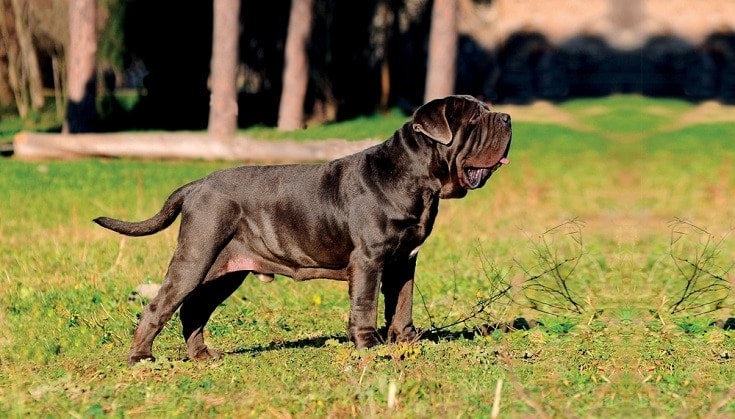
3. Enclosure Size
The size of the enclosure or living quarters can also impact a Neapolitan Mastiff’s lifespan. They need plenty of space to move around and exercise, especially when they are young. A lack of exercise can lead to obesity, which can increase the risk of health problems.
4. Size
The size of a Neapolitan Mastiff can also impact their lifespan. It’s well-known that bigger-sized dogs don’t live as long as smaller dogs. This is because larger dogs put more stress on their joints and organs.
5. Sex
The sex of a Neapolitan Mastiff can also impact their lifespan. Females tend to live longer than males.
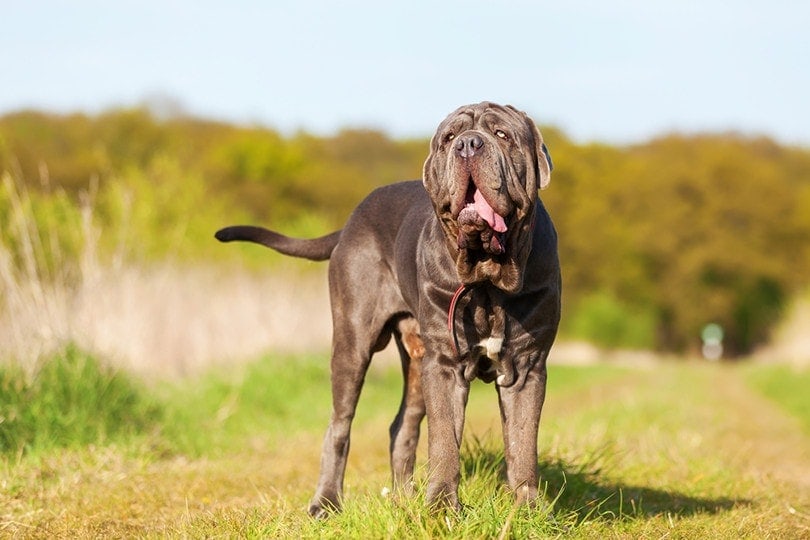
6. Genes
Genetics play a significant role in a Neapolitan Mastiff’s lifespan. Some breeds are more prone to certain health problems than others. It is important to choose a breeder that carefully screens their dogs for genetic health problems.
7. Breeding History
The breeding history of a Neapolitan Mastiff can also impact their lifespan. Dogs that are bred for show or as pets may be less healthy than those bred for working purposes. It is important to choose a breeder that prioritizes health over appearance.
8. Healthcare
Regular veterinary care is important for maintaining a Neapolitan Mastiff’s health and extending their lifespan. This includes routine checkups, vaccinations, and preventative care—things that are vitally important no matter what breed of dog you have.
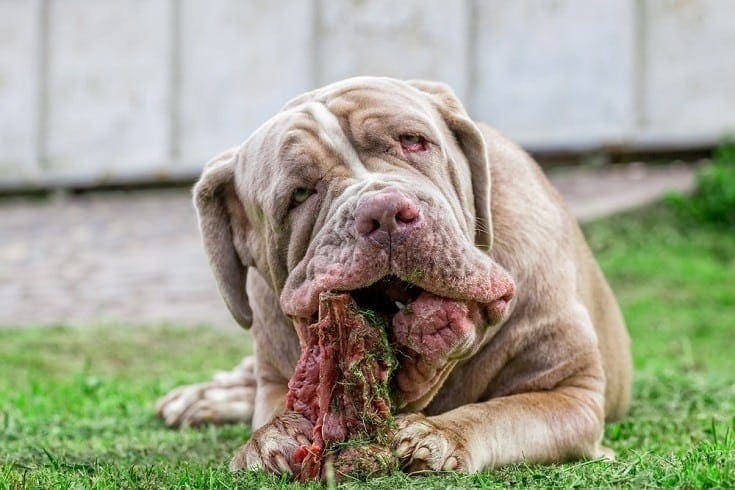
 The 6 Life Stages of a Neapolitan Mastiff
The 6 Life Stages of a Neapolitan Mastiff
Like all dogs, Neapolitan Mastiffs go through different life stages as they age. These stages include the following:
Embryonic Stage
The embryonic stage begins at conception and lasts until the puppies are born.
Puppyhood
The puppyhood stage begins at birth and lasts until the puppies are weaned and able to eat solid food on their own. During this stage, Neapolitan Mastiffs are growing rapidly and developing their personalities.

Juvenile
The juvenile stage begins around 6 months of age and lasts until the dog reaches sexual maturity. During this stage, Neapolitan Mastiffs are still growing and developing, both physically and mentally.
Young Adult
The young adult stage begins when the dog reaches sexual maturity and lasts until around 4 years old. During this stage, the dog is fully grown and has reached their physical peak.
Mature Adult
As a pup grows into adulthood, the period typically begins around 4 years old and extends until 8 years old. At this time, your furry friend is still healthy and sprightly but may indicate signs of age, like graying fur or reduced liveliness.

Senior
The senior stage begins around 8 years of age and lasts until the end of the dog’s life. During this stage, the dog may experience a decline in mobility, energy, and overall health. It is important to provide senior Neapolitan Mastiffs with specialized care and attention to ensure their comfort and well-being.
How to Tell Your Neapolitan Mastiff’s Age
It can be difficult to tell the age of a Neapolitan Mastiff just by looking at them. However, there are a few signs that can help you estimate their age.
- Teeth: The condition of the dog’s teeth can provide clues about their age. Puppies have sharp, white teeth, while older dogs may have yellowed or worn-down teeth.
- Eyes: Their eyes may develop a cloudy or gray appearance. This can be a sign that the dog is getting older.
- Coat: The condition of the dog’s coat can also provide clues about their age. Older dogs may have thinning or graying fur.
- Activity Level: As dogs age, their activity level may decrease. An older Neapolitan Mastiff may not be as energetic or playful as a younger dog.
Conclusion
With careful consideration and proper care, a Neapolitan Mastiff’s lifetime can be extended beyond the 8–10 years they typically live. To ensure their health, safety, and wellness are maintained, provide your pup with healthy nutrition choices, frequent exercise opportunities, annual vet checkups, as well as a clean-living space.
By meeting these needs consistently, you will maximize their lifespan while simultaneously improving the quality of life for your precious pet!
Featured Image Credit: Christian Mueller, Shutterstock


